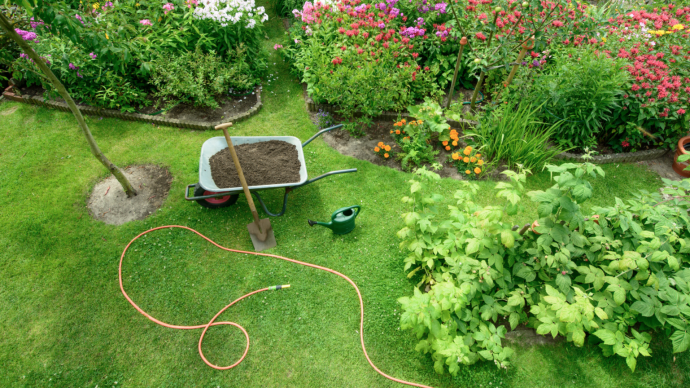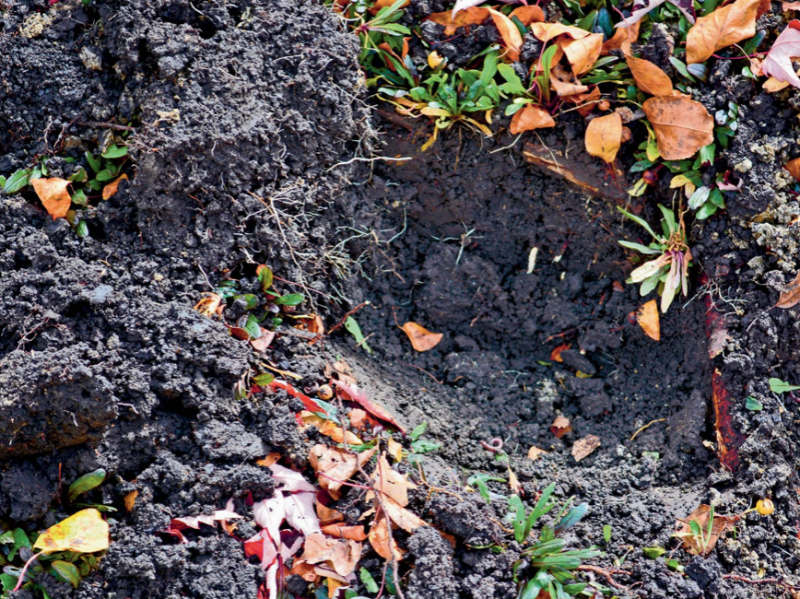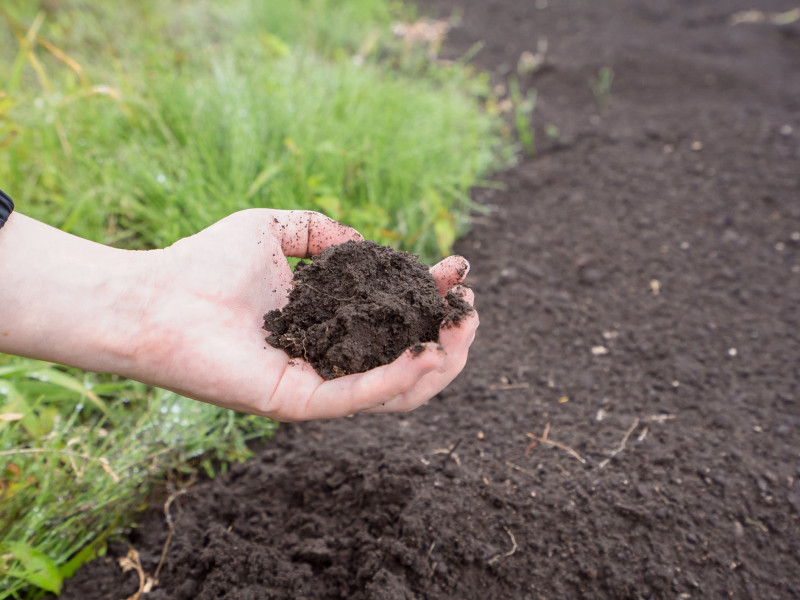Soil Quality: How to Test Percolation

Gardeners know that the health of plants is related to several factors: light availability, temperature, soil pH, and fertility. All are important to the health of plants, but most important is the amount of water available to the plant, which is referred to as percolation in soil. Why is soil percolation important? Read on to learn what soil percolation is and how to test soil percolation.
What is Soil Percolation? Anytime you plant or sow seeds, the instructions will most certainly say to plant in well-drained soil. This is because while it is a simple matter to introduce more water, it’s quite difficult to remove an excess of water in soil. Percolation in soil is simply the movement of the water through the soil and a soil percolation test is the means to measuring this movement. It is related to both saturation and water that drains away from roots too rapidly. Too much water in soil means a lack of oxygen which leads to the growth of pathogens and the inability of the plant to uptake water. Thus, it is important to know the percolation rate or speed with which the water moves through the soil to reduce the incidence of soil borne pathogens.
Running a percolation test is the best way for you to discover how well your soil absorbs water, which in turn enables you to determine what soil amendments you need for your garden. There are many expensive procedures to help discover the percolation rates for your septic drain field, for example, or for any other larger draining systems. For the average homeowner, however, it is easy to successfully hack your own homemade percolation test.
Knowing how fast water drains from your planting areas is the first step toward correcting any drainage issues that may impact the success of your gardening efforts. Poor drainage holds water in one location, forming a block that prevents air from reaching plant roots. Too much water and not enough air is an unhealthy planting zone for root systems (unless you are planting water-loving plants).
How to test percolation
1. Dig a hole about 12 inches deep by 12 inches in diameter. If you want to test the entire property, dig several holes in various areas of the landscape.

2. Fill the hole with a bucket of water that will saturate the soil completely.
3. Now wait for the water to completely drain out of the hole.
4. Repeat the procedure, filling the hole with water again, then letting the water drain completely. Your soil should be very saturated with water at this time.
5. Get a measuring stick you can rest inside the hole, then fill the hole with water a third time.
6. Mark the time at the beginning of the fill and calculate how long it takes for the water to drain out of the hole using the inches on the measuring stick as your measuring guide. Measure every hour.
7. If the water is slow to drain, taking 4 to 10 hours to seep into the soil, you have poorly drained soil and might consider plants that tolerate wet feet. If you want to plant a variety of plants in a poorly draining area, then you will need to install better drainage such as a French drain, then heavily amend the soil with organic or natural soil additions to support better draining, or build a raised planting bed above the poor draining area.
8. An extremely fast percolation rate (when the soil drains within minutes) can indicate that the soil is very sandy or rocky. Your easiest options for dealing with fast-draining soil is to plant things that like those conditions. You can also build raised planting beds for a quick fix. For a more permanent repair, amend the soil with organic or natural soil additions, such as compost, that hold water and slow down drainage rates.
9. Ideal soil drainage—neither too fast nor too slow— averages at about 2 inches per hour, but a rate anywhere between 1 and 3 inches is fine for most garden plants.

